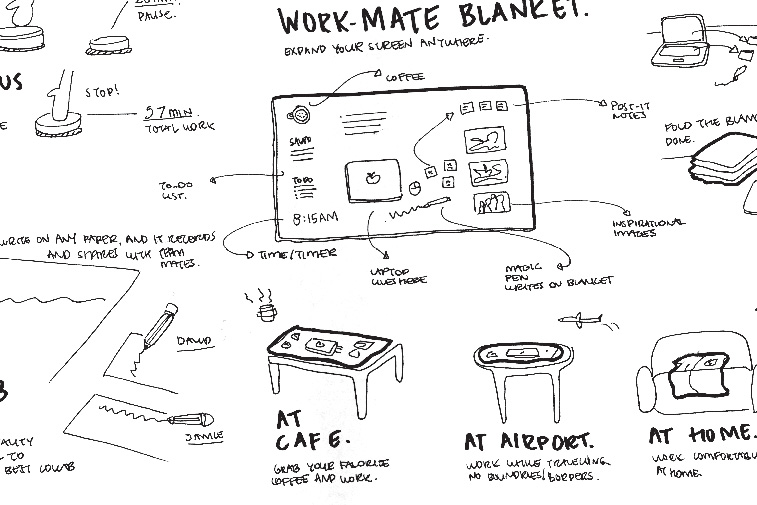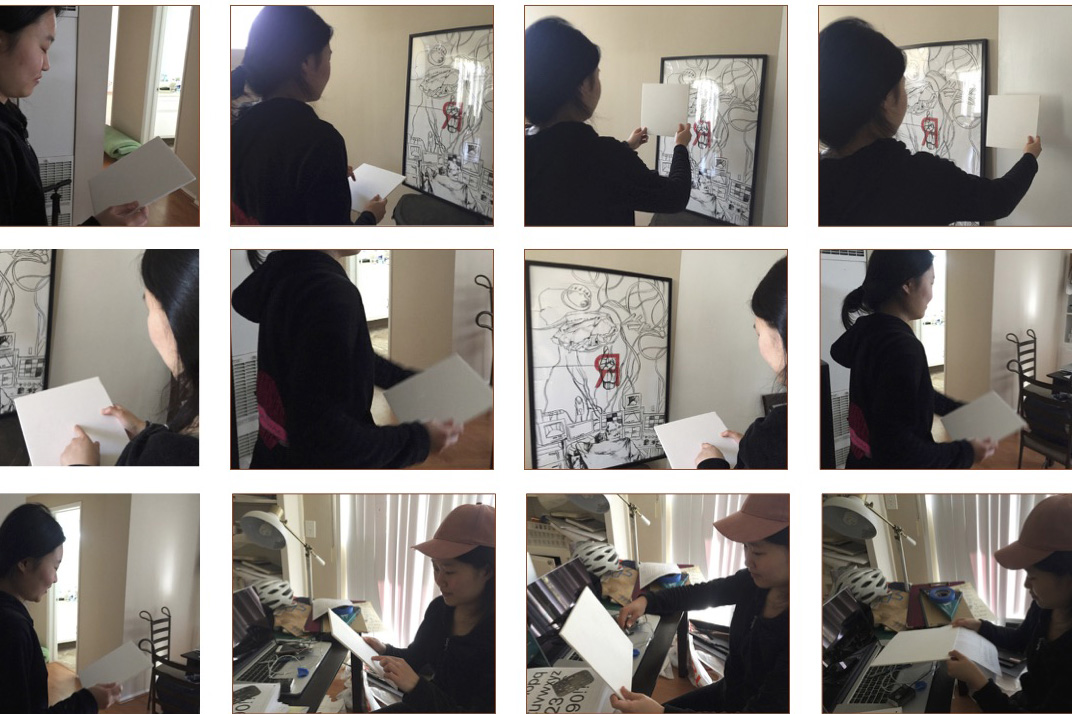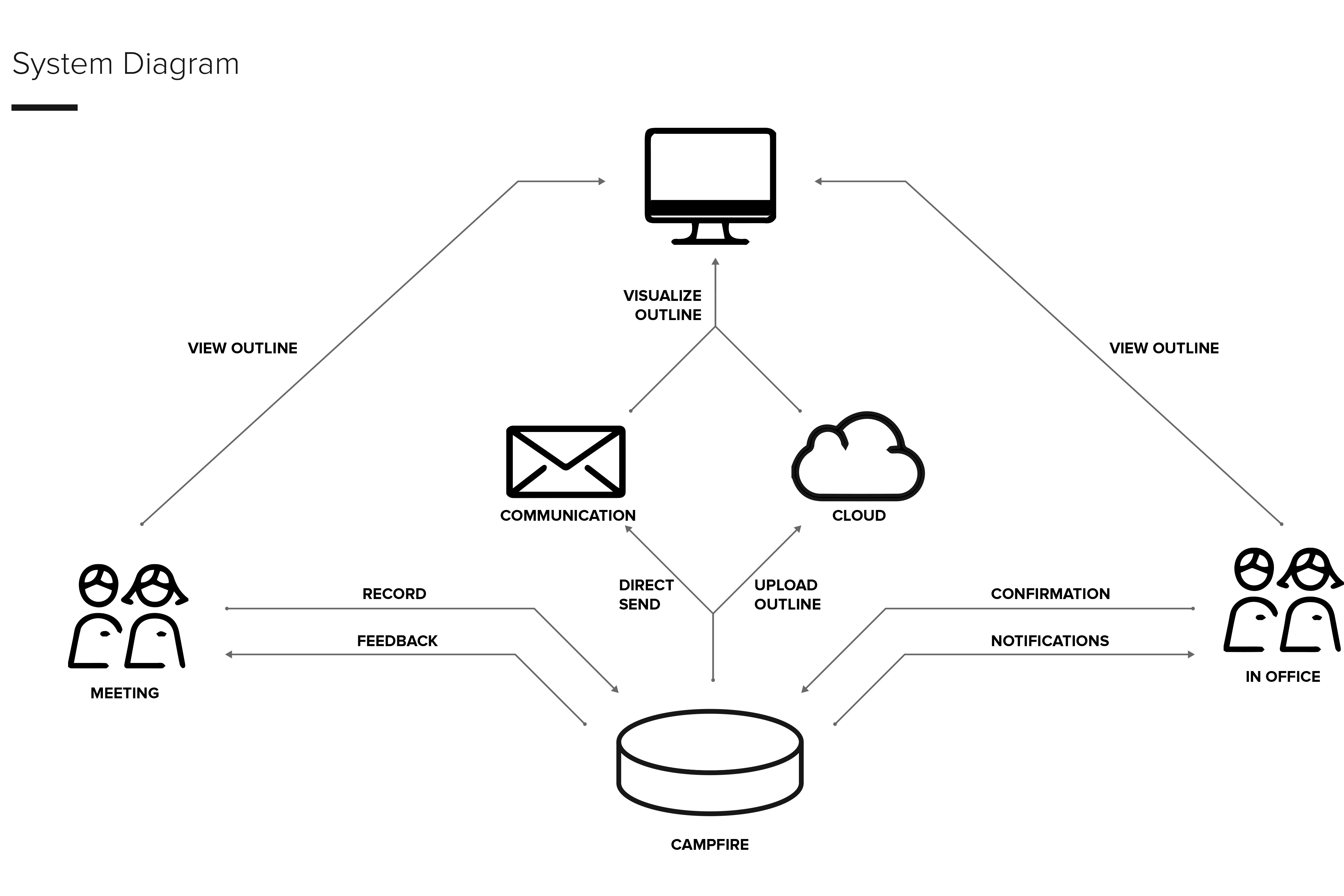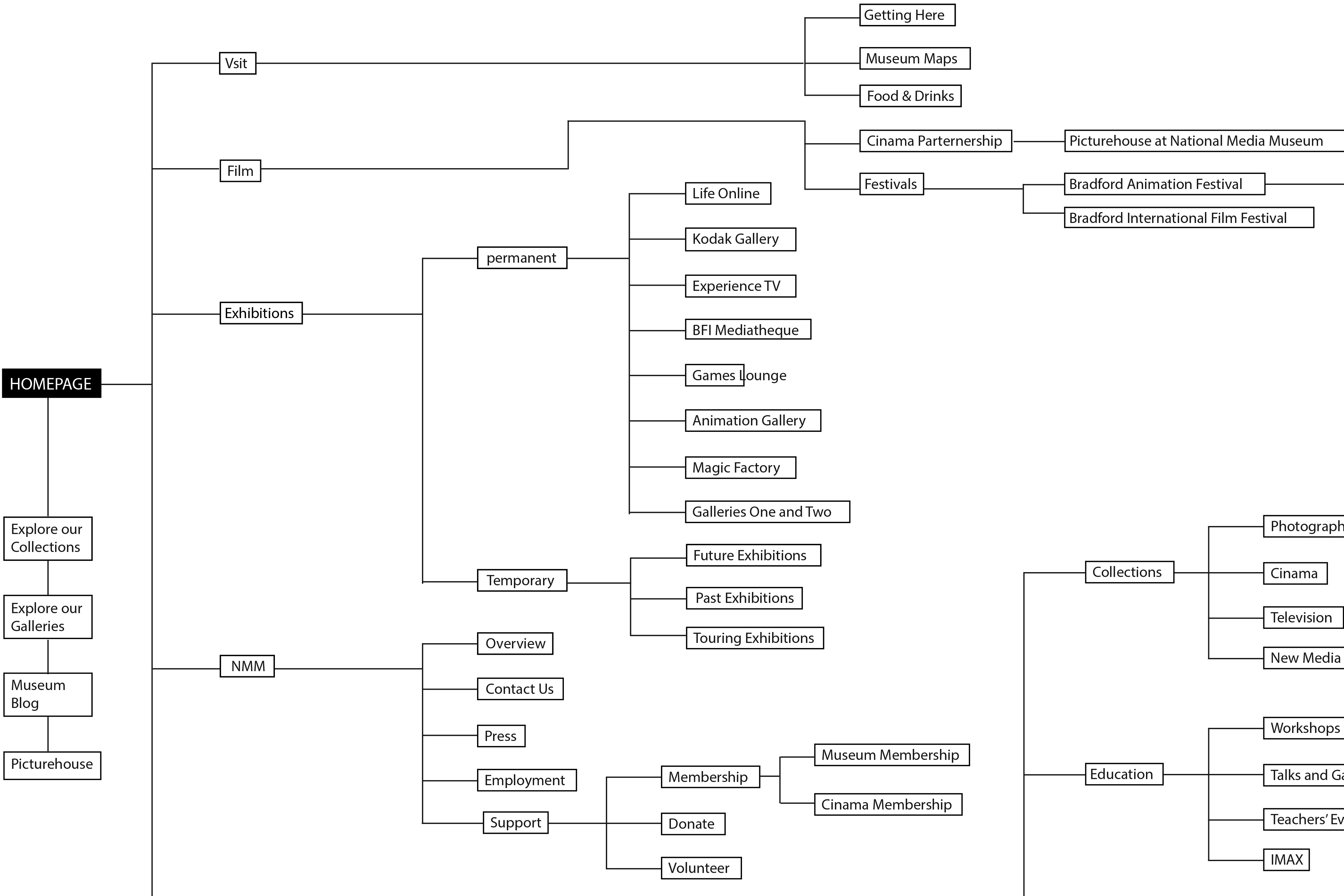Chapter 5: Exploring Ecosystem and Context
Our second chapter on approach exploration addresses the possible suite of contexts of our system and how each of the contexts work together to serve the greater whole. We introduce this by first clarifying the most common organizational levels of a system, and use this understanding to allow us to be more precise in our consideration of context as a source of inspiration. Then, we explore ecosystems in general and how different contexts can be orchestrated together.
Practicum
Use Casting: Identify and name the most important roles that appear in your user’s experience of the primary use case of your system.
Primary Use Case Exploration: For each role in your use casting, use your posture studies to ideate possibilities for that role.
Approach Mockups: Explore possible solutions through mockups. These should be rough and disposable, yet detailed enough to expose issues of size, scale, technologies, and possible interactions.
Ecosystem Diagram: Based on your explorations, create an ecosystem diagram of what you feel is the best approach to your system, given all factors.
Data Centric Organization: Create a data-centric organization of your system using an affinity diagramming method that comes most naturally to you. Consider the different activities your users would need to perform on that data in order to achieve the user’s goals (i.e. CRUD). Update the contexts, features, and activities you are considering for your flow centric organization accordingly, and consider how to reduce any friction you may detect.
Structure Map: Create a structure map for each context within your proposed ecosystem. This effort should integrate the discoveries generated by both your data centric and flow centric organizations.
Revised Scenario: Revise your scenario based on the ecosystem you’ve defined and the features necessary to support it. Create a storyboard of the primary use case experience. The scenario should clearly depict cause and effect, and the begin to portray possible interactions they may have with the contexts you propose.
Moodboards: Refine your moodboards based on stakeholder feedback.
Product Name: Brainstorm several possible names for your system.




